Gravel drive default width question
cpacker
10 years ago
Featured Answer
Comments (22)
ChrisStewart
10 years agonostalgicfarm
10 years agoRelated Professionals
Frisco Architects & Building Designers · Madison Heights Architects & Building Designers · West Palm Beach Architects & Building Designers · Yorkville Design-Build Firms · Carnot-Moon Home Builders · Grover Beach Home Builders · Corsicana General Contractors · ‘Ewa Beach General Contractors · Great Falls General Contractors · Hamilton Square General Contractors · Norfolk General Contractors · Palestine General Contractors · Poquoson General Contractors · Troutdale General Contractors · Uniondale General Contractorslive_wire_oak
10 years agonostalgicfarm
10 years agocpacker
10 years agojasburrito
10 years agoLawPaw
10 years agoChrisStewart
10 years agojasburrito
10 years agolive_wire_oak
10 years agololauren
10 years agoLawPaw
10 years agocpacker
10 years agoChrisStewart
10 years agoLawPaw
10 years agoChrisStewart
10 years agoLawPaw
10 years agodekeoboe
10 years agocpacker
10 years agoChrisStewart
10 years agoLawPaw
10 years ago
Related Stories

GARDENING GUIDESGarden Myths to Debunk as You Dig This Fall and Rest Over Winter
Termites hate wood mulch, don’t amend soil for trees, avoid gravel in planters — and more nuggets of garden wisdom
Full Story
MATERIALSMaterials Workshop: Polycarbonate — a Low-Cost Alternative to Glass
Looking for something lighter, stronger and less expensive than glass? Multiwall polycarbonate may be a good option
Full Story
MATERIALSPrecast Concrete Pavers Make a Versatile Surface in the Garden
You can use concrete pavers in a variety of shapes and colors for your patio, walkway, driveway and more
Full Story
GARDENING GUIDESNew Ways to Think About All That Mulch in the Garden
Before you go making a mountain out of a mulch hill, learn the facts about what your plants and soil really want
Full Story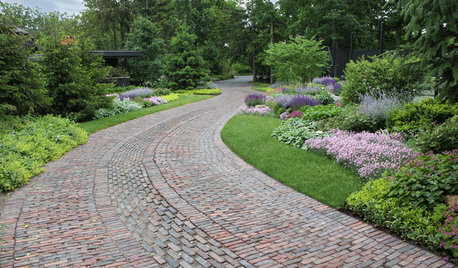
LANDSCAPE DESIGN6 Driveway Looks Take Landscapes Along for the Ride
See how to design a front yard that makes your driveway its own destination
Full Story
CONCRETEWhy Concrete Wants to Crack
We look at the reasons concrete has a tendency to crack — and what you can do to help control it
Full Story
GREAT HOME PROJECTSHow to Give Your Driveway and Front Walk More Curb Appeal
Prevent injuries and tire damage while making a great first impression by replacing or repairing front paths
Full Story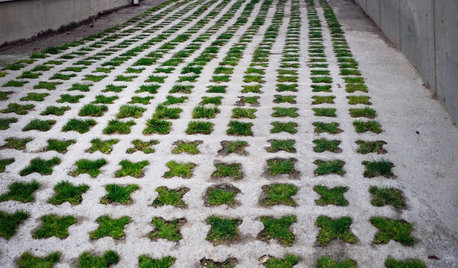
EARTH DAYHow to Build a Greener Driveway
Install a permeable driveway to keep pollutants out of water sources and groundwater levels balanced
Full Story
LANDSCAPE DESIGNGet Along With Less Lawn — Ideas to Save Water and Effort
Ditch the mower and lower your water bill while creating a feast for the eyes with diverse plantings and gathering places
Full Story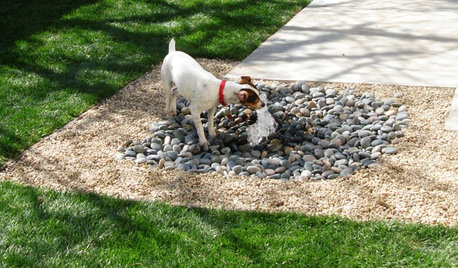
MOST POPULAR8 Backyard Ideas to Delight Your Dog
Cue the joyous soundtrack. These pet-friendly landscape and garden ideas will keep your pooch safe, happy and well exercised outdoors
Full Story







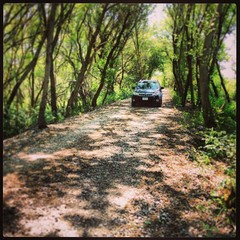
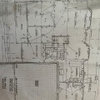


ChrisStewart